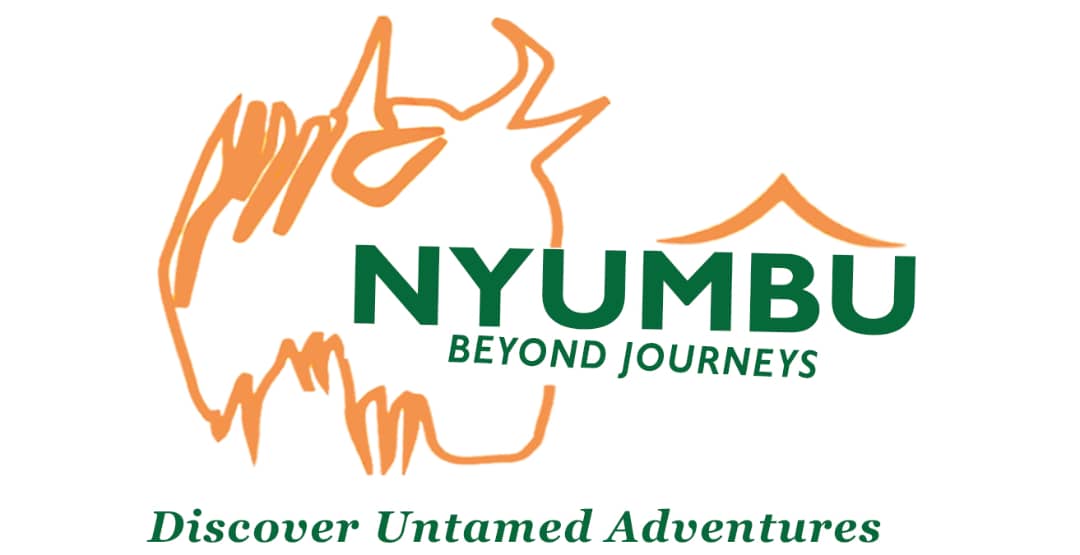About
We pride ourselves on our passion for East Africa, her animals, wild spaces and Culture, amazing people.

© Copyright 2025 Nyumbu Beyond Journeys. All Rights Reserved
Imagine an adventure into remote African rainforests to see these amazing creatures in their natural habitat. This unique wildlife encounter allows you to spend unforgettable time up close with gorillas as they eat, play and rest. Available in only a few exotic locations, gorilla trekking combines a jungle hike with an incredibly rare primate sighting.
From the Virunga Mountains to the Bwindi Impenetrable Forest, Rwanda and Uganda offer the ultimate in gorilla trekking. Rwanda’s Volcanoes National Park provides breathtaking treks to observe mountain gorilla families like playful youngsters tumbling as the silverback keeps watch.These one-of-a-kind trekking experiences journeys allow travelers to enjoy memorable wildlife encounters while directly supporting gorilla conservation efforts in Rwanda and Uganda. Income from these guided journeys help protect fragile rainforest habitats and sustain populations of critically endangered mountain gorillas in these countries, ensuring a brighter future for them.
After an extraordinary encounter with the gorillas, relax in style at one of our luxurious jungle lodges, intimate tented camps, or eco-friendly resorts. So, get ready for an epic adventure as you set out on a day of exploring and spending time with these endangered creatures. Reserve your spot today!
There are many amazing wildlife encounters – but few can match coming eye to eye with a mountain gorilla. A big part of what makes the gorilla trek so special is that these big apes are so closely related to humans (the difference in DNA is only about 1.6%). They do seem to touch a nerve when they look at us with interest. The gorillas’ natural habitat is restricted to a relatively small area in a historically turbulent region. But most of this region has stabilized in recent decades, which makes gorilla tours increasingly accessible. Habitat loss is now the main obstacle to the survival of gorillas, but money spent on gorilla tourism goes a long way in securing their survival.
Gorilla trekking is a guided hike through tropical forests to observe and spend time with mountain gorillas in their natural habitat. The trek usually takes place in East African countries like Uganda, Rwanda, and the Democratic Republic of Congo, home to the remaining populations of mountain gorillas.
The primary locations for gorilla trekking are Bwindi Impenetrable National Park and Mgahinga Gorilla National Park in Uganda, Volcanoes National Park in Rwanda, and Virunga National Park in the Democratic Republic of Congo.
Gorilla trekking can be moderately to highly strenuous, depending on the gorilla family’s location, terrain, and weather conditions. Trekking can last from 1 to 6 hours. While most people can participate, a reasonable level of fitness is recommended. There are also porters available to help with carrying backpacks and providing assistance on the trail.
Yes, gorilla trekking requires a permit, which grants you one hour with a gorilla family. Permit availability is limited, and it’s recommended to book well in advance. Uganda, Rwanda, and DR Congo have different pricing and booking procedures for permits.
The typical guideline is to stay about 7 meters (21 feet) away from the gorillas. This distance helps protect both the gorillas and visitors by minimizing the risk of disease transmission.
Group sizes are limited to around 8 people per gorilla family. This limit helps reduce the impact on gorilla habitats and provides a more intimate experience for visitors.
Essential items include sturdy hiking boots, a waterproof jacket, gloves, long-sleeved shirts and pants, insect repellent, a daypack, and a water bottle. A camera is also recommended for photos (without flash).
Gorilla trekking is available year-round, but the dry seasons from June to September and December to February offer the best conditions. The trails tend to be less muddy, making trekking easier and visibility clearer.
The minimum age for gorilla trekking is generally 15 years old. This age limit helps ensure that participants can manage the physical demands of the trek and follow safety guidelines around gorillas.
Yes, gorilla trekking is generally safe. Trekkers are accompanied by experienced guides and armed park rangers to ensure safety. Gorillas are accustomed to human presence and are mostly peaceful, though it’s crucial to follow the guides’ instructions at all times.
No, direct interaction or touching of gorillas is not permitted. Observing from a safe distance helps protect both visitors and gorillas, as gorillas are susceptible to human diseases.
Once a gorilla family is located, trekkers are allowed to spend one hour observing and photographing them. This limit minimizes the gorillas’ disturbance while allowing visitors a memorable experience.
Yes, gorilla trekking supports conservation efforts. Fees from permits and tourism provide crucial funding for protecting gorilla habitats and improving local community livelihoods. Many parks also have strict guidelines to ensure minimal impact on the environment.
Gorilla habitats are often at high altitudes, so some trekkers may experience mild altitude symptoms. It’s recommended to acclimate if possible and to pace yourself during the trek.
While tipping is not required, it is appreciated. Porters, guides, and rangers often rely on tips to supplement their income. Many visitors tip porters and guides as a gesture of gratitude for their assistance and expertise. We recommend $20 and more depending on your appreciation level toward their work in conservation.
Speak to an East African safari specialist to start planning your Unique Hand-crafted Journeys.
Call one of our experts or arrange a video appointment for ideas and advice.
We pride ourselves on our passion for East Africa, her animals, wild spaces and Culture, amazing people.

© Copyright 2025 Nyumbu Beyond Journeys. All Rights Reserved
